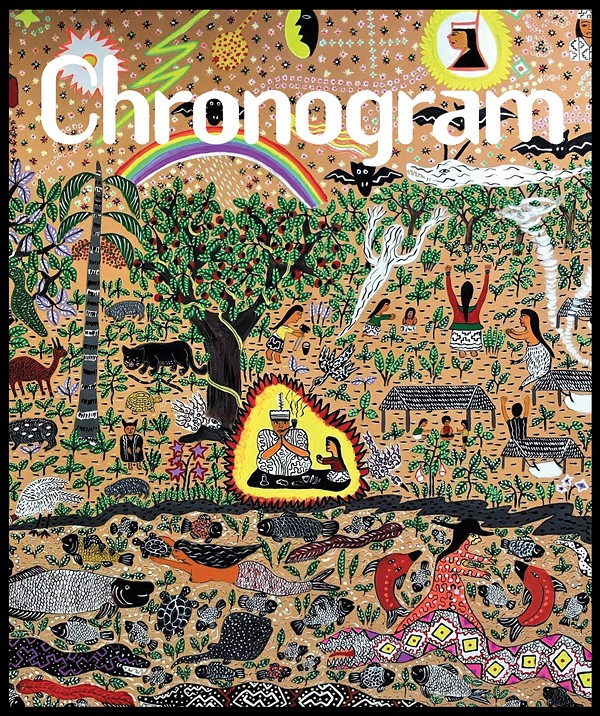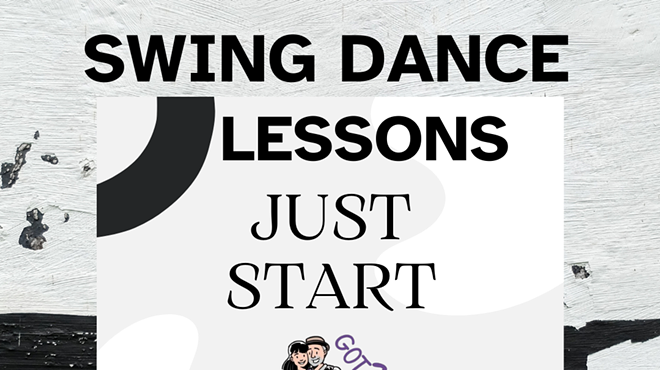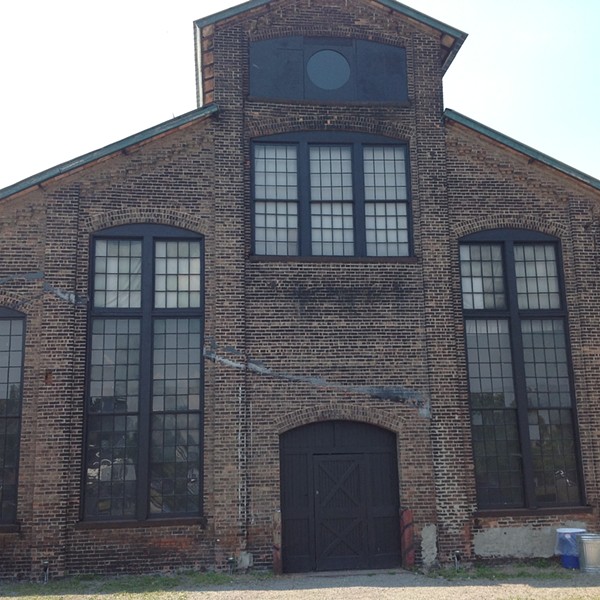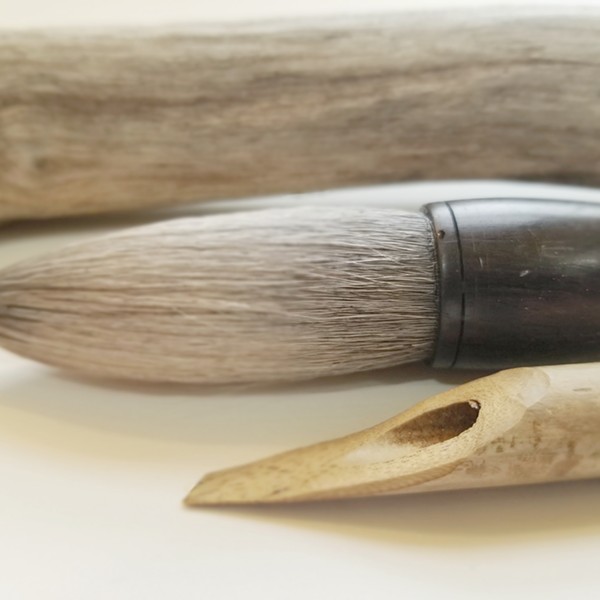"Intention plus sound equals healing," says Lea Garnier, director and founder of Sage Academy of Sound in Woodstock. Garnier found sound healing about 20 years ago through shamanic work in a ceremonial setting. Most Westerners hadn't heard of Himalayan singing bowls back then, and few had witnessed their resonant sound. "So I'm in this ceremony, sitting across from this guy," Garnier recalls. "He brings out this bowl, starts playing it, and my heart completely cracks open."
Before we get too deep into the physical and emotional health benefits of sound healing, let's talk about what it is and what a session is like. The first thing to know is that "sound healing" and "sound bath" are used interchangeably. The former is because sound is healing, and the therapeutic value of sound vibrations has been tracked for thousands of years across most cultures. The latter term came about because a session can feel like bathing in sound and letting it wash over the body, like a wave.
Semantics aside, sound healing typically refers to the experience of being in a room—alone or in a group—where one or more people are playing various instruments used to create healing frequencies. The instruments may include any combination of Tibetan singing bowls, crystal singing bowls, gongs, cymbals, bells, tuning forks, and voices, and depending on the tradition, didgeridoos, flutes, drums, rattles, shells, and more may also be incorporated.
Science and Mystery
The Tibetan singing bowls are the most common instrument used in sound healing. They consist of seven different metals and produce a healing frequency of sound when hit, tapped, struck, or rubbed by a mallet usually wrapped in leather or wool.Garnier's first sound bowls were frosted crystal bowls given to her and her then-husband, Phillippe Garnier (with whom she founded Sage Academy of Sound in 2008), by her neighbor in New York City, who had been using them in his work as a psychoanalyst.
Garnier explains that healing is a word that's been attached to sound bowl sessions, and while practitioners are looking for a therapeutic outcome, they can't say they heal anybody. "People heal themselves, and whatever is inside them that needs healing happens spontaneously through the sound bath," she says. "That's the mystery of it, but then again, there's so much science around sound healing, too, and I don't like to take away the mystery."
The vibrations created by sound bowls and other instruments create a resonance that can impact us on a cellular level. "Resonance is a word that sound healers use a lot," Garnier says, adding that resonance is a natural vibration of any object, and everything has resonance and a specific frequency. "That's why you and I are connecting," Garnier says during our interview. "If we didn't like each other, this conversation would go in a different direction, if we didn't feel like we were on the same frequency."
"One reason sound heals on a physical level is because it deeply touches and transforms us on the emotional and spiritual planes. Sound can redress imbalances on every level of physiologic functioning and can play a positive role in the treatment of virtually any medical disorder," according to Mitchell Gaynor, MD, former clinical assistant professor and director of medical oncology at the Weill Cornell Medical College's Center for Integrative Medicine.
Dr. Gaynor authored The Healing Power of Sound and posits that while sound healing can't cure cancer on its own, there are benefits of incorporating relaxing modalities such as meditation, chanting, breathing exercises, and exposure to the resonance of sound bowls and other similarly resonant instruments, which include our voices.
Many people—even professionally trained singers—find that working with the resonance of instruments allows them to free their voices. Garnier shared the words of Scott Williams, who trained with Sage in 2015 and is now one of the senior teachers who leads the monthly new moon and full moon workshops alongside Garnier. "Freeing your voice is one of the highest freedoms you can ever find," Williams says. "It's the closest thing to flying."
Sound Healing's Origins
Healing through music is an ancient concept. As long as we've had the ability to make sound, we've had healing and connection through the principle of resonance. Even before we had instruments to create sound, there were the sounds of nature, such as wind rustling through a tree's leaves and birdsong. Any sound can be music—nature sounds as well as sounds coming from a mouth—and all music can be mesmerizing and transformative.Music is mentioned in 39 books of the Old Testament and 27 books of the New Testament, and in Greek mythology, Orpheus (son of Apollo) had superhuman musical skills. Since ancient times, vibration has been used to aid digestion, treat mental disturbance, and induce sleep. According to Aristotle, flute music was used to evoke emotion and purify the soul, and ancient Egyptians used chanting as a form of prayer to heal the sick. Some cultures believe in the healing frequency of buzzing bees, and lest you think this sounds on the far side of bizarre, InsightTimer has a sound meditation from inside a beehive with 4.8 stars and great reviews.
"All the mystics from all the areas of the world—Tibet, Greece, South America—they were way more in tune and having profound experiences with sound," Garnier says. "They were doing ceremonies and using the sound specifically for things like healing mental and physical problems; they'd use the didgeridoo to heal broken bones."
Shepherds of Sound
A sound healer is a shepherd of sound, but the power of healing lies in the intention behind it. The sound healer isn't performing music for an audience, yet they do have a purpose for the sounds they create. "You are offering the sound into a person's body, and the aim is to find a resonant home for that sound," Garnier explains.Sound healers must believe in and deeply understand the power of energy and the resonance of different frequencies. They may work one-on-one with clients or groups, but regardless of the setting, the sound healer must read the room.
Entrainment is a core concept of sound healing, and it involves synchronization and vibratory resonance. Practitioners find the right resonance for clients through instruments, but they also have a vibratory state, and clients entrain both to the frequencies of sound and the frequency of the healer.
"I was taught through my shamanic teachers that sound is sentient and that connecting with sound is a way to connect with your being," Garnier says. "We think of sound as a wave—because it is, and we're waves as well—and the sound waves into the body," Garnier explains. "We don't know where the sound will go, but we know it goes where it's needed. The organs, bones, brain, heart, etc., have frequencies, and the practitioner finds the sound that raises that vibration."
The Sacred Geometry of Sound
There isn't one way to be a sound healer, and there's no one path to becoming a sound healer. People can surely engage in self-study, but at schools like Sage Academy of Sound, students work with masters of the craft and learn about the principles of sound and healing: the ancient shamanic traditions; the basics of sound as an energy wave; how sound affects our emotions, mental brain waves, and physical cellular body; the meridians, chakras, and energy flow of the cellular body; sacred geometry; and the electromagnetic field of the heart-mind.Students explore the science behind sound healing, learning about concepts such as resonance, coherence, and cymatics—the sacred geometry of sound—pioneered by Swiss medical doctor and natural scientist Hans Jenny.
Sound healing education also includes working with the Himalayan sitting and standing bells, bowls and gongs, crystal bowls and pyramids, shruti boxes, tuning forks, harmonic overtone singing, and call-and-response chanting for well-being.
Sage Academy of Sound offers shorter events around the new moon, the full moon, and every Sunday, which are opportunities to experience sound healing. The next new moon event is on October 5, and the next full moon ceremony will be held on October 19.
For those who want to go deeper or become a sound healer, Sage Academy of Sound offers six certification training sessions yearly, plus they do weekend-long SoundHealing Intensives. For the last-minute planners, the last training of the year—which happens to be a weekend intensive—will be held on October 4-6 at Sage Academy of Sound & Woodstock Yoga Center, located at 6 Deming Street in Woodstock.
Information about upcoming events can be found at Sageacademyofsound.com.

















